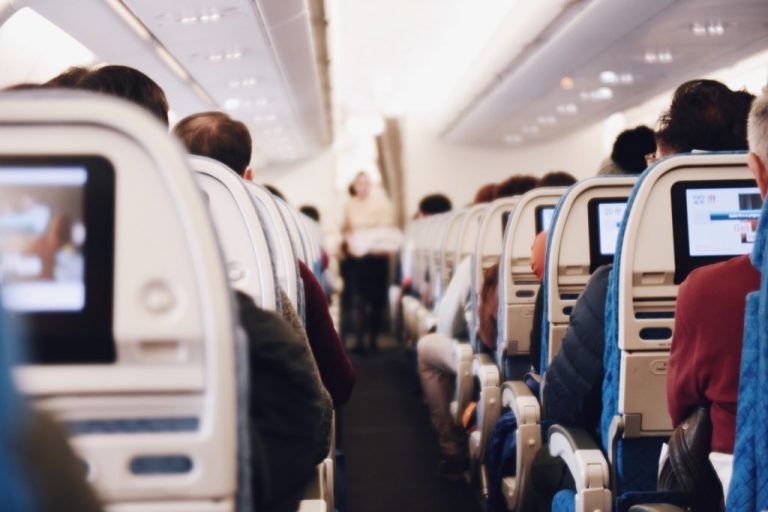At first, I doubted the value of cultural exchange programs. That changed when I met a friend who had studied abroad for a year. Her stories were full of excitement. She talked about how living in a new culture changed her. She grew personally and professionally, gaining leadership skills and global insight. Her stories about her host family showed me the real value of these programs.
Cultural exchange programs became big in the 1960s. They aimed to increase international understanding. These programs have grown to include different types, like student, volunteer, and virtual exchanges. Many groups work together to set up these programs. Student exchanges are especially popular, letting participants dive deep into new cultures.
Being part of a cultural exchange is very rewarding. It helps people grow, learn new skills, and make lasting friendships. By living in a new culture, you learn about it and yourself. This can lead to important personal development.
Key Takeaways
- Cultural exchange programs became popular in the 1960s.
- These programs include student, volunteer, professional, and virtual opportunities.
- Providers include educational institutions, government departments, and international organizations.
- Participants benefit from soft skills development and cultural immersion.
- Student cultural exchange programs are the most popular.
- YFU offers numerous programs and provides substantial scholarship support.
Understanding the Concept of Cultural Exchange Programs
Cultural exchange programs are important for people from different cultures to connect. By living in another culture, people learn and build strong global ties. These initiatives began in the 1960s and vary greatly, supported by educational bodies, governments, and organizations like UNESCO.
What is a Cultural Exchange Program?
The cultural exchange definition means programs aiming to share diverse cultures. They can be student swaps, professional exchanges, or volunteer work. These activities let people see new lifestyles, growing their cultural understanding and empathy. Groups like the U.S. Bureau of Educational and Cultural Affairs and Learn from Travel lead these efforts.
Historical Context and Evolution
The idea of historical cultural exchange emerged in the 1960s as interest in global cultural interactions grew. These programs have expanded over time to include more people and aims. The Fulbright Program has been a major player since 1946. After 9/11, a significant focus was placed on exchanges with Arab and Muslim countries.
Key Components of Successful Cultural Exchange Programs
Successful cultural exchanges depend on community involvement, preparation, and host support. Participants engage in varied activities like healthcare volunteering and student exchanges. This variety allows everyone to find a program that fits their interests and career aims. Organizations like Youth For Understanding (YFU) highlight the value of structured support in these programs.
Cultural exchange programs enhance life and build a united, understanding world. By participating, people gain important skills, make lasting friends, and see beyond cultural differences.
Exploring Different Types of Cultural Exchange Programs
Cultural exchange programs let people learn about and understand different cultures. There are many different kinds like student and professional exchanges. These programs help people grow and learn more about the world.
No products found.
Student Cultural Exchange Programs
Student cultural exchange programs let young people live in another country. This boosts their education and helps them understand global cultures better. Places like UNC Charlotte and ISEP Exchange offer lots of these programs. They have helped reduce stereotypes and increase cultural awareness a lot.
Volunteer Cultural Exchange Programs
Volunteer cultural exchange programs let people live and work in another community. Websites like Worldpackers offer these chances in many countries. These programs help local communities and improve volunteers’ skills in talking to people from different cultures.
Professional Cultural Exchange Programs
Professional exchange programs are for career growth and learning about other cultures. They are backed by groups like the U.S. Bureau of Educational and Cultural Affairs. People in these programs get better at leading and working with others from around the world. This helps their careers and international teamwork.
Virtual Cultural Exchange Programs
Virtual cultural exchange programs are a good way to learn about other cultures without traveling. They use the internet to connect people across the world. This has helped a lot of people appreciate and understand different cultures better.

Key Benefits of Participating in Cultural Exchange Programs
Cultural exchange programs are life-changing. They help you grow personally and understand the world better. You’ll learn lessons that last a lifetime. Let’s look at the main benefits:
Developing Soft Skills
One key advantage is learning soft skills. Programs focus on adaptability, problem-solving, and self-confidence. These are essential in today’s job market.
By facing new situations, you become stronger and more creative. This improves your personal growth.
Forging Life-long Bonds
Making friends in these programs can lead to friendships that last forever. Staying with host families and meeting locals helps build strong, meaningful connections. These bonds create a sense of community and belonging. This makes the experience very enriching.
Building Intercultural Competence
Being part of different cultures increases your intercultural skills. This allows for better empathy, cultural understanding, and a wider world view. It’s important to respect and thoughtfully engage with different cultures. This is key for personal growth.
No products found.
How to Participate in Cultural Exchange Programs
Getting involved in cultural exchange programs can open up the world to you. To participate in cultural exchange, you’ll need to work with key groups. Local universities are a great place to start, offering many chances for study abroad experiences.
Agencies like the U.S. Bureau of Educational and Cultural Affairs are also key. They offer international programs for all kinds of interests. What’s more, third-party groups create specialized programs that ensure deep cultural immersion.
To start this adventure, you’ll need to do some digging and make contact. Here are the steps to get going:
- Figure out what you want to achieve.
- Look into programs through local universities, government agencies, and other groups.
- Check how much programs cost; remember, places like Tokyo are more expensive than Malta.
- Think about how long the program is and how it affects cost; longer programs might be cheaper each week.
- Contact the people running the programs for more details, application tips, and help with funding.
The ICES (International Cultural Exchange Services) offers different programs. Expect to spend about $600 a week, though costs vary by location and length of stay. ICES helps with preparations, English tests, and visas, making things smoother.
Keeping informed and active is key to successfully participate in cultural exchange programs. This journey can be hugely enriching, bringing lifelong insights and memories.
Conclusion
Cultural exchange programs have deeply touched global relations. The International Visitor Leadership Program, started in 1941, and the Fulbright Hays Act of 1961 are key. They’ve set the stage for strong intercultural connections today. Also, AFS has been vital with its 14,000 annual exchanges in 54 countries.
Groups like the Indian Council for Cultural Relations and Intercultural Dialogue & Exchange — India are crucial. They help enhance cultural understanding and cut down bigotry. The World Sanskrit Award and the Gisela Bonn Award show how crucial these efforts are.
Participants, be they students, professionals, or volunteers, gain immense value from these programs. They learn soft skills, create lasting friendships, and grow in confidence. This global network does more than just promote personal growth. It leads us toward a united, peaceful world. By supporting and joining these programs, we make the world better together.





